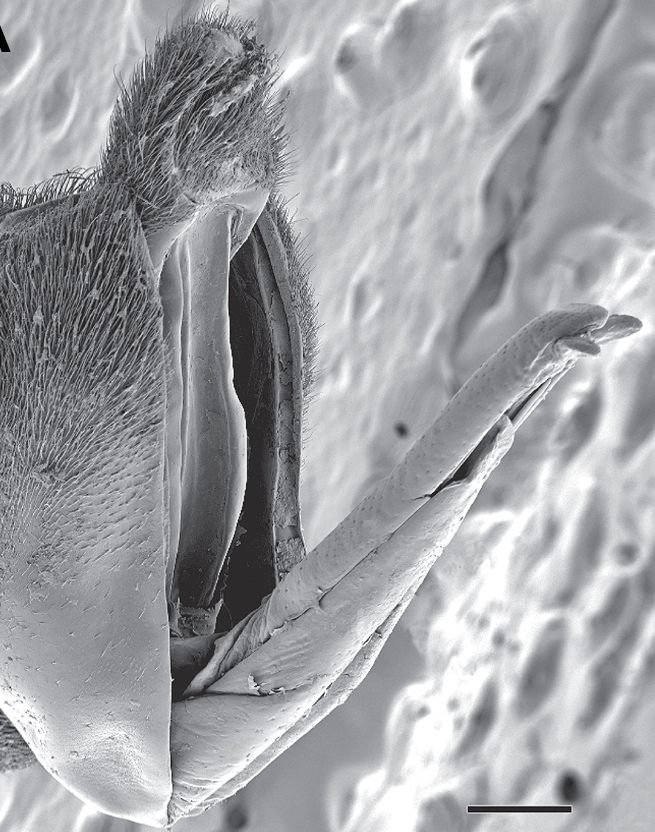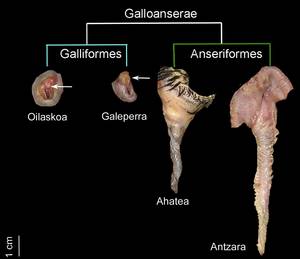The case of invisible vaginas
2014/05/30 Galarraga Aiestaran, Ana - Elhuyar Zientzia

Analysed the studies that analyze the evolution of the sexual organs, three researchers have found a surprising fact: in the last 25 years 364 studies have been published on the evolution of the sexual organs, of which almost half (49%) were only of the males, in 44% of the studies have been considered the sexual organs of both, while only 8% of the females are the main object of study. Surprising… and clarifier.
The results have been published in the journal PLOS Biology and some conclusions have been drawn. The main conclusion is that scientists who have studied the evolution of sexual organs have discarded females over and over again. And it is not something of the past, since the trend is more pronounced since 2000. Not even of male researchers, because they have seen that women have acted the same way when they signed the investigation.
Where is the key then? Why have they not studied the sexual organs of females? The authors have analyzed several hypotheses, such as penises are easier than research wagons, because they are out. However, the authors consider it an excuse, since with current techniques there is no inconvenience in studying the structure of soft tissues within the body.
It has also been studied the belief that the sexual organs of males are more rare, interesting and remarkable than those of females. In fact, many types of penises are known: thorny, ramified, very long, with hooks… It is clear, therefore, that this organ has had a special evolution and it is not surprising the interest of the researchers.
However, the authors have shown that the organs of the females have evolved along with the penises, and that there are countless and unique. For example, spiders have very varied vaginas, with a great difference of species. They also mention in the article the aquatic insect (Gerris gracilicornis) that we call a shoemaker, since it has a “door” that closes and opens the vagina and takes advantage to not have an involuntary intercourse. Other species have more than one sac or deposit inside the vagina and are able to choose the sperm from the desired male to fertilize the egg.
That is, just look carefully at the tramps, to find the same wealth in appearance and functionality as in the penises. According to the authors, this rejects the view that represents the vaginas (and their owners, females) as empty “containers”. And this is precisely the starting point of scientists since they began to investigate the evolution of sexual organs to the present day.
Thus, the three researchers have defended a change of focus in the journal PLOS Biology and have finished the article with the following reflection: “Research that studies a single sex runs the risk of investigating a single side of a very complex equation and will tend to misunderstand the complex coevolutionary dimatic that can occur among the sexes. On the contrary, research that takes into account the coevolution of the sexual organs of males and females has influenced the understanding of the function and evolution of the sexual organs of animals”.
Published in the newspaper Berria.

Gai honi buruzko eduki gehiago
Elhuyarrek garatutako teknologia




